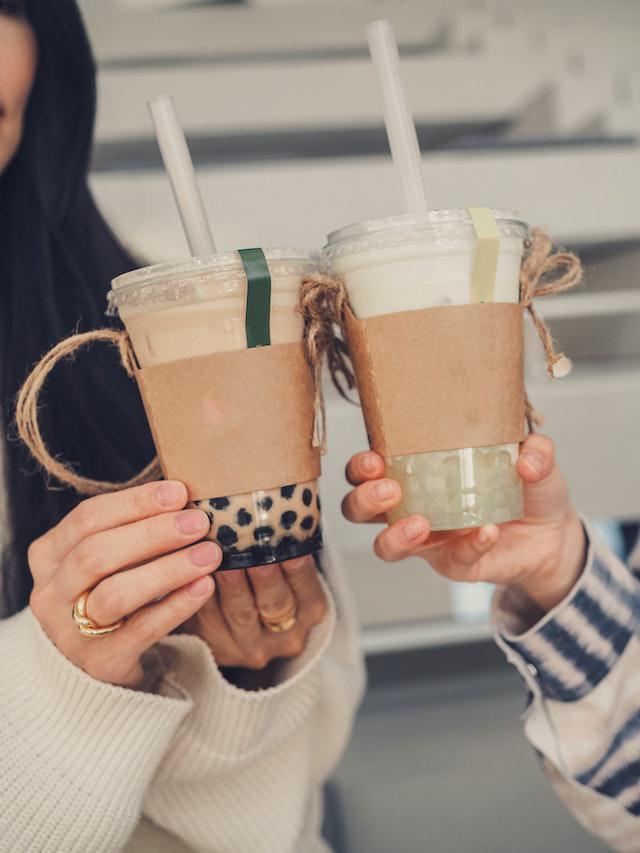One of the best things about bubble tea is the sheer amount of creativity you can do with it – many bubble tea shops have enough options to make Starbucks blush, and you can practically put anything under the sun in a cup of boba tea.
However, before you can go wild with your ideas, you need to master the basics first. Here’s a quick rundown of the fundamentals of bubble tea, which any boba barista worth their salt needs to learn about!
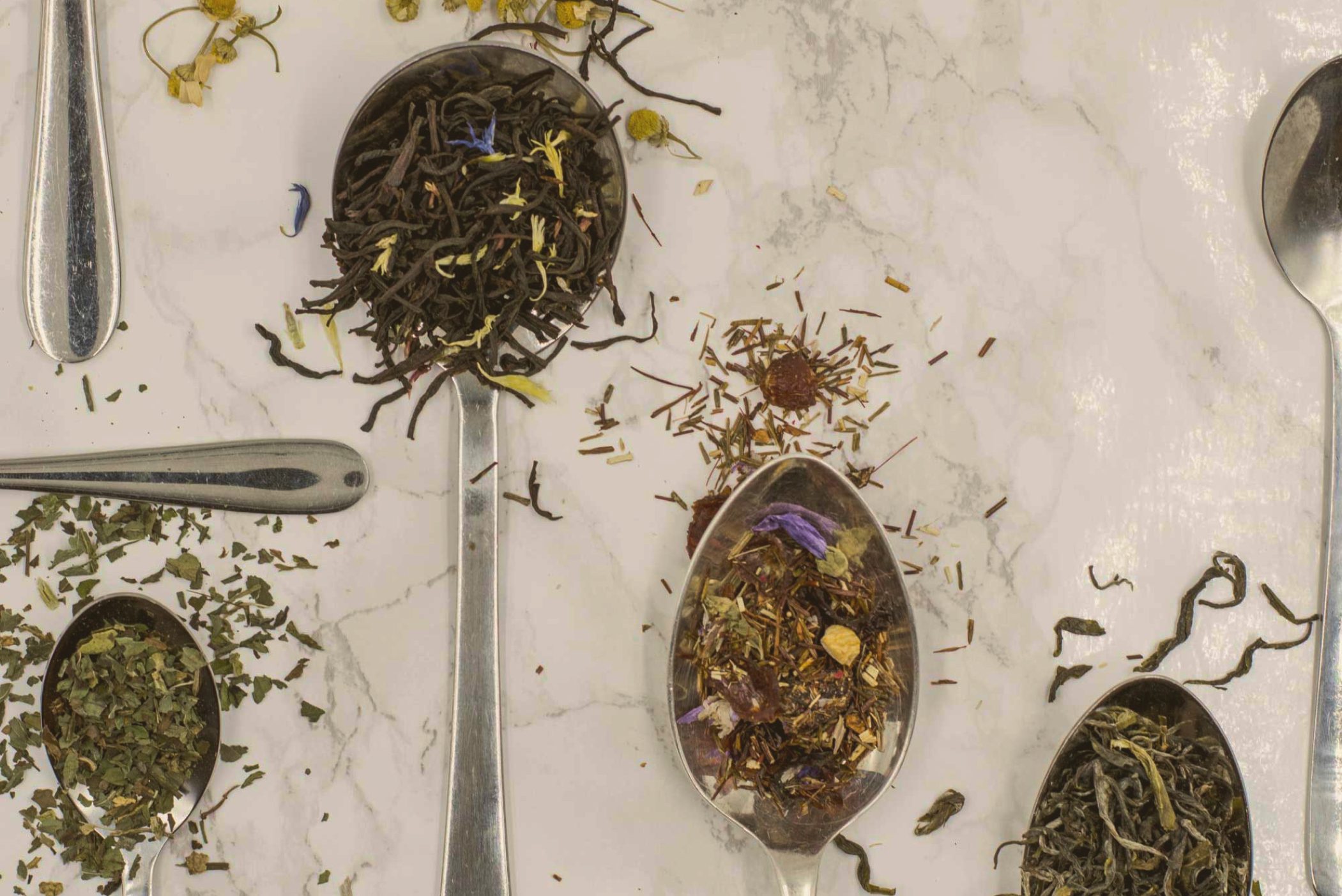
Tea
Since this is bubble tea, it’s only natural to start with the tea base! From milk teas and fruit teas to more exotic combinations, a good tea brew is what ties everything together.
While there are drinks without a single drop of tea in them, for everything else this is where you need to get right first!
Common types of teas in bubble tea:
How do you brew it?
If you were at home, you’d probably just toss in a tea bag, add some hot water and be done with it. However, things work differently in a tea shop.
Many caterers use a tea base: a strong, concentrated tea brewed in large amounts. To do this:
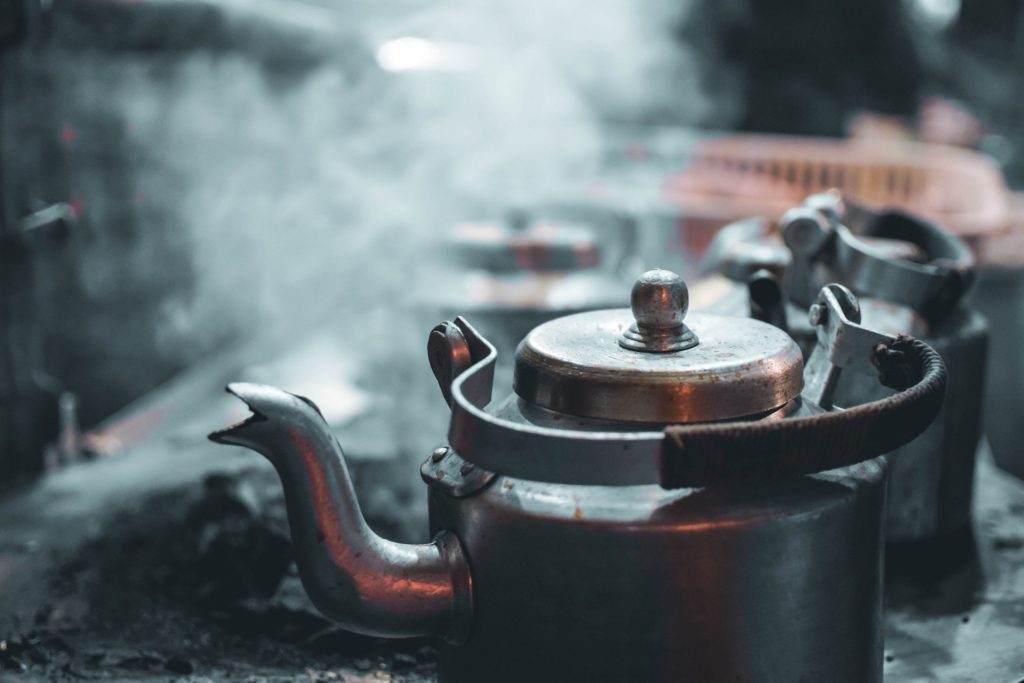
- Heat water until boiling, then remove water from heat.
- Add tea leaves to water, stir gently until tea leaves are soaked.
- Brew for 9-30 minutes depending on the tea blend. For the 1st half of the brewing process, keep stirring so that tea leaves remain in water
- After brewing, remove tea leaves and place tea into tea container to cool down to around 55-60°C.
- Once your tea base is done, simply dilute the tea with ice cubes before use.
To make things easier, you can use an automated tea brewer, which lets you set the temperature and brewing times in advance. No stove-watching needed!
Meanwhile, some opt for brewing the tea one cup at a time using a specialized blender. This blender quickly extracts the tea from the teabag, while preventing any residue from being left in. That way you’ll still get a fresh brew each time, but without the hassle!
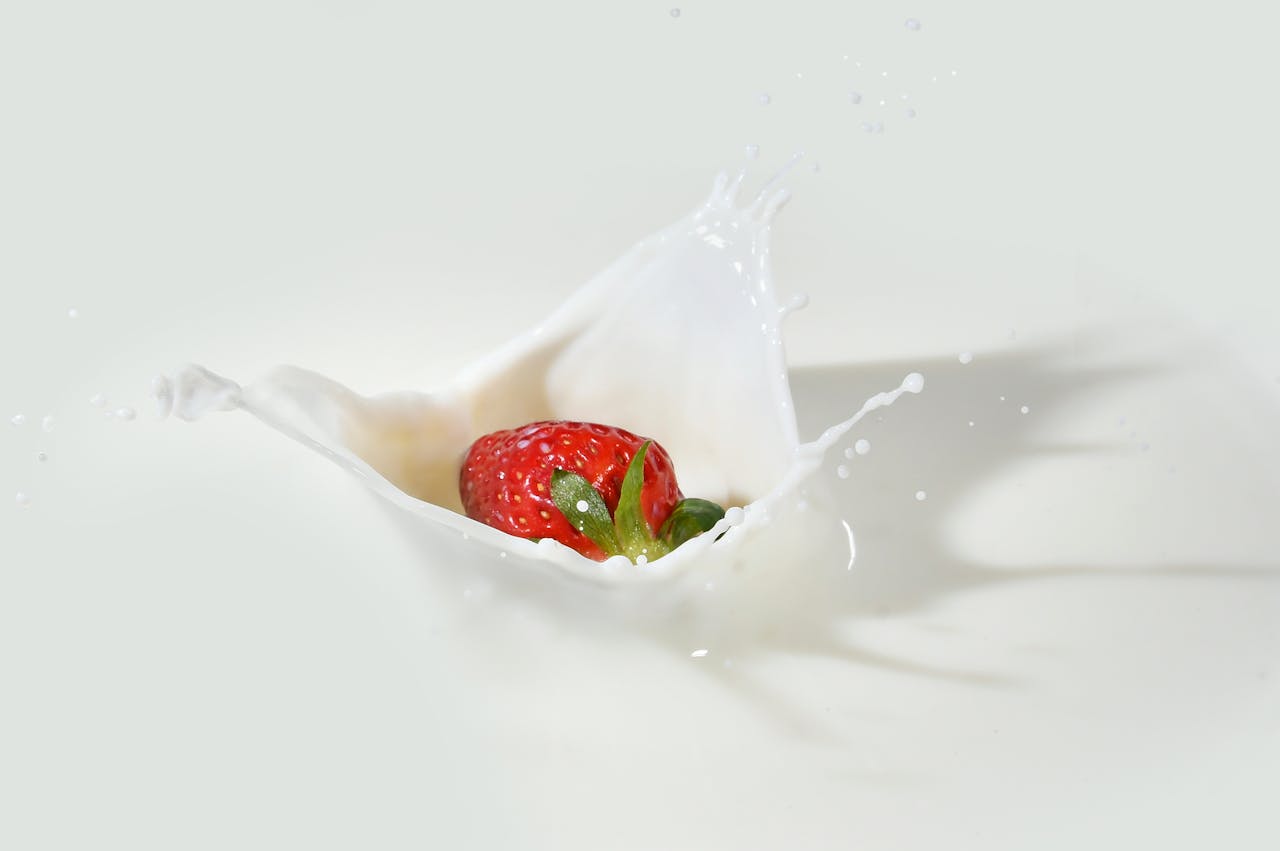
Milk
Another no-brainer, a splash of milk is what brings creaminess and a savoury kick to a good cup of milk tea. For drinks such as taro milk tea, brown sugar boba milk and matcha lattes, the quality of your milk can make or break the drink.
Milks to use in bubble tea
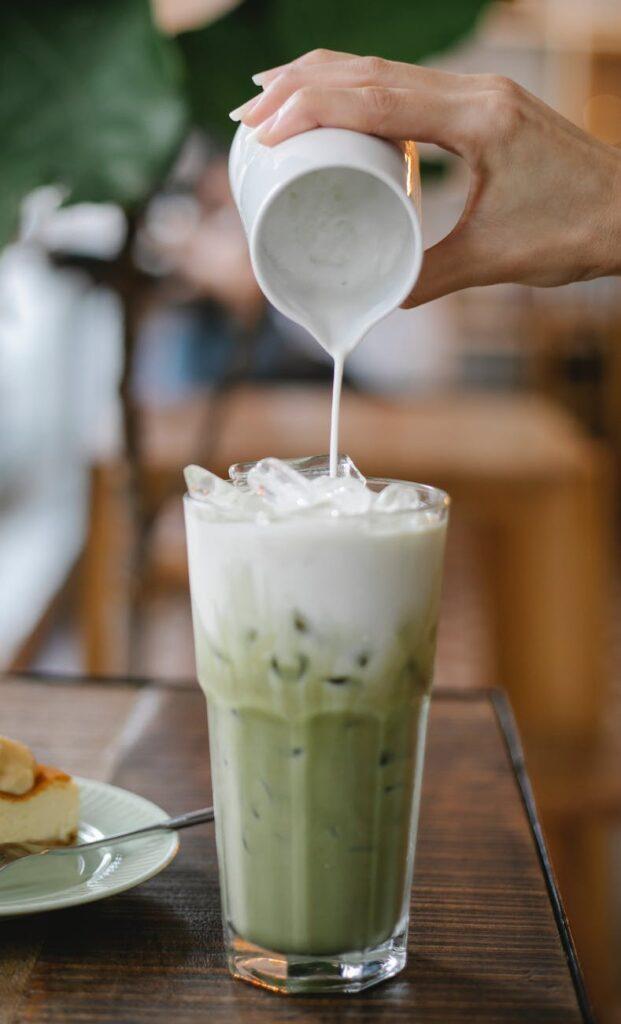
How much milk do you need?
This is mostly a matter of preference, though some shops do make a distinction between milk levels.
If you see a drink labelled as “au lait” or “latte” in Taiwan, it often means a drink with at least 50% milk or creamer. On the other hand, a drink labelled as simply “milk tea” probably has only around 30% or so.
Cream tops!
Also known as cream cheese or rock salt cheese, cream tops are another great way to add an extra layer of creaminess to your drink….quite literally!
Simply blend fresh milk with cream to form a thick foam, then ladle onto your drink of choice!
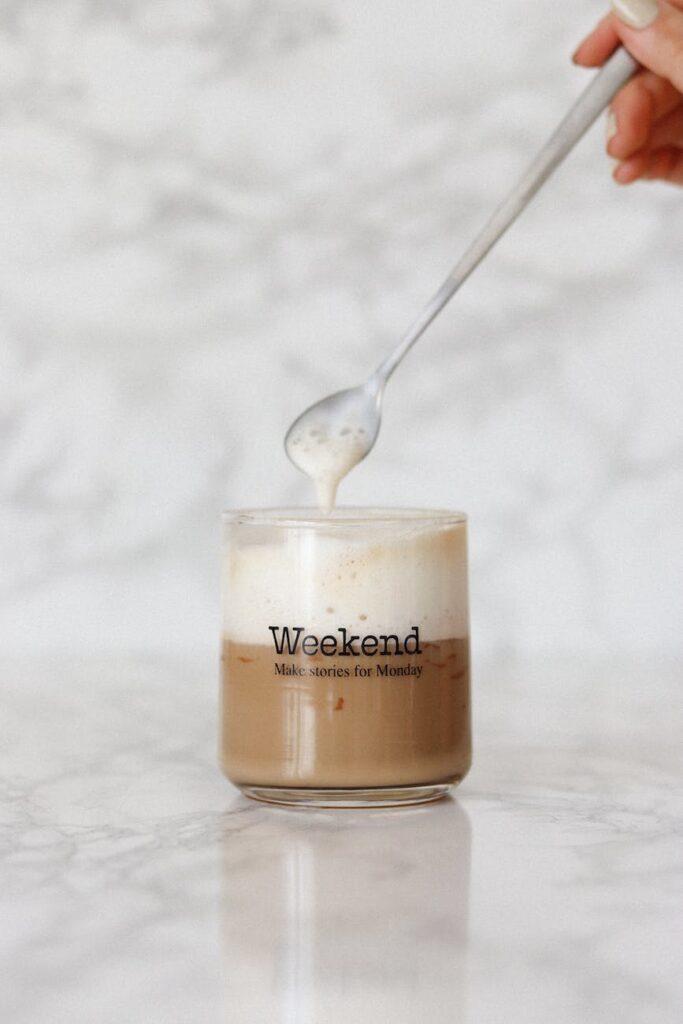
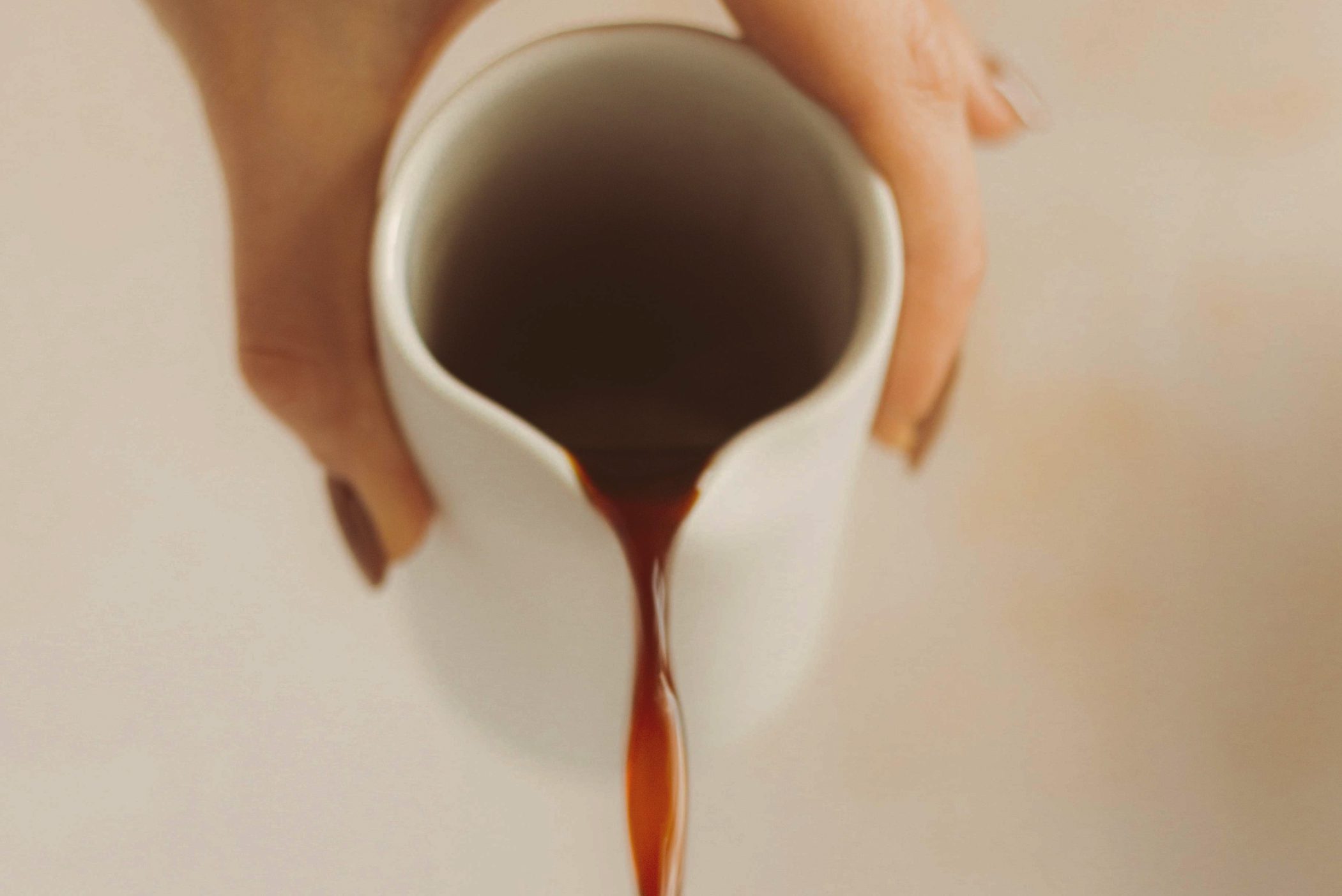
Syrups
Once you’ve got your tea base and milk down, what’s left is the actual flavour! Syrups are the easiest way to add a dash of flavour and colour to your drink. From various fruits and flowery fragrances to chocolate and maple syrup, there’s something for everyone!
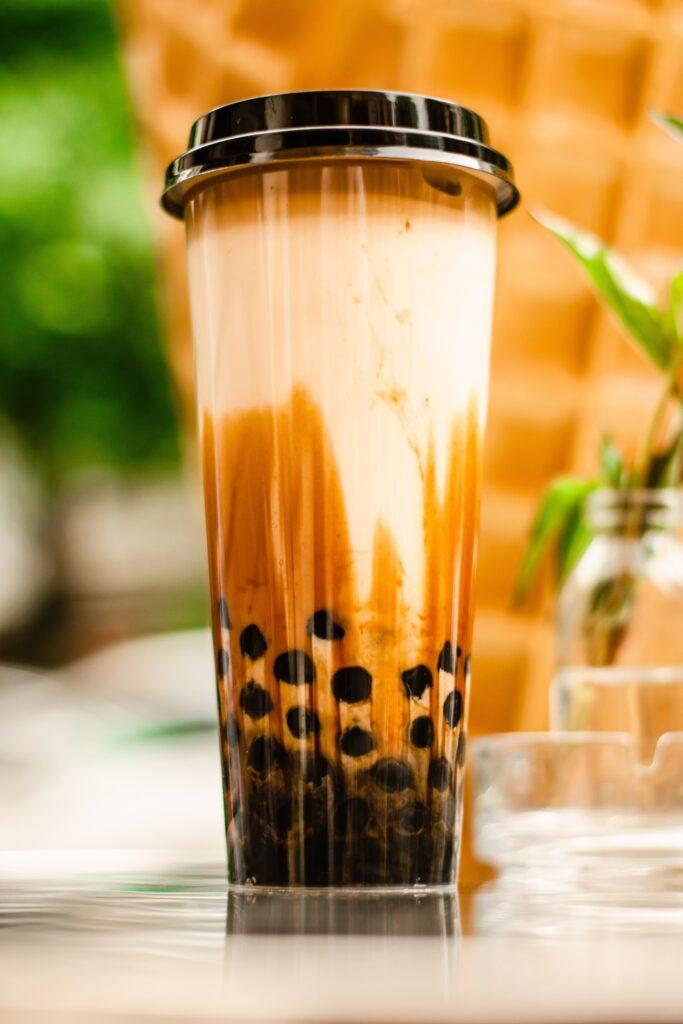
Brown sugar
Brown sugar is what gives tapioca pearls its iconic flavour, and is indispensable in Taiwanese bubble tea!
Thanks to the higher mollasses content compared to white sugar, brown sugar boasts a unique smoky, caramel-y flair.
Aside from traditional milk tea, brown sugar boba milk is where this syrup truly shines! Here, a special thicker variant of brown sugar is poured around the inner walls of the cup, creating the drink’s iconic “tiger stripe” pattern.
Fruit syrups
Fancy a fruit tea? Fruit syrups make it easy – Add a tablespoon or two to your drink and voila!
Mango, peach and lychee are often paired with lighter tea brews such as green tea and certain oolong teas. Stronger black tea blends favour something more zesty, such as passion fruit or just good ol’ lemon tea.
Feel free to mix and match for a unique fruity cocktail of flavours!
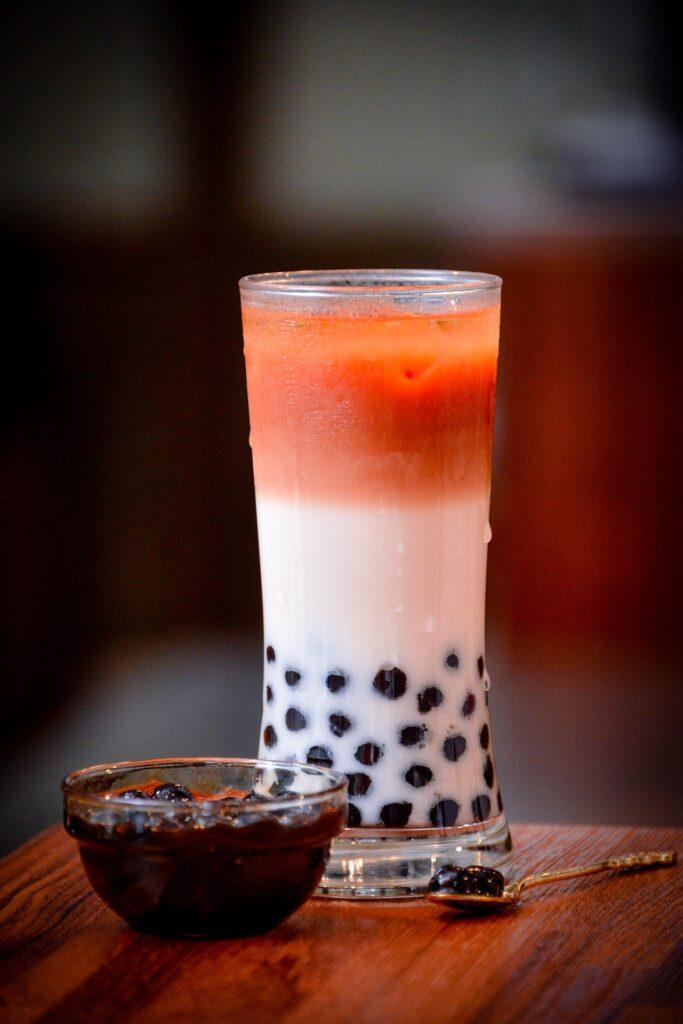
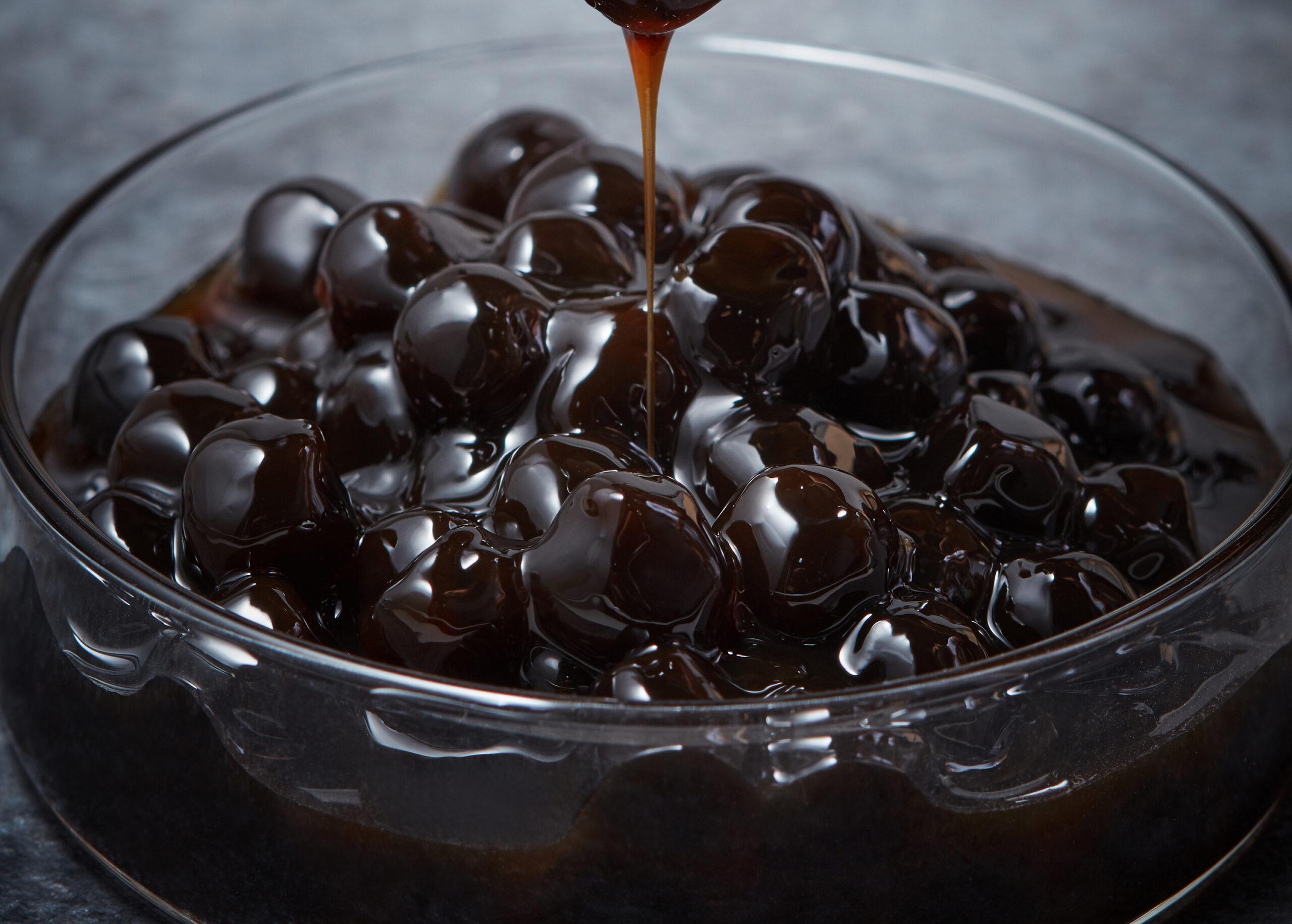
Toppings
What makes boba tea so fun is the various toppings you can add to it! There’s more to toppings than just tapioca pearls, here’s a brief intro to some toppings you’d come across:
